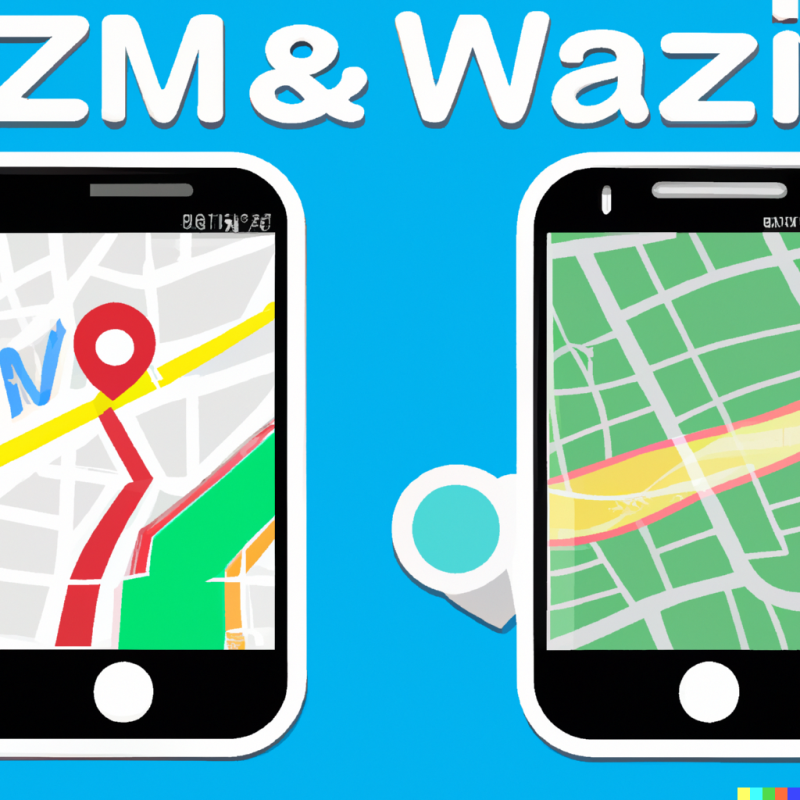
Google has recently unveiled a new AI language model called BARD, which stands for “Bidirectional Encoder Representations from Transformers Auto-Regressive Decoder.” This new model is designed to help people with language-related disabilities, such as dyslexia, aphasia, and apraxia, to communicate more effectively. In this article, we will explore what BARD is, how it works, and its potential impact on the world.
What is BARD?
BARD is an AI language model that has been trained to generate human-like text by predicting the next word in a sentence. It is a combination of two different types of neural networks: an encoder and a decoder. The encoder analyzes the input text and generates a context vector, which is then used by the decoder to generate the output text. BARD has been trained on a massive amount of data, including books, articles, and other texts, in order to generate high-quality output.
How Does BARD Work?
BARD works by analyzing the input text and generating a context vector, which is then used by the decoder to generate the output text. The input text can be a sentence or a phrase, and BARD will generate a response based on the context of the input text. The output text is generated one word at a time, with each word being predicted based on the previous words in the sentence.
One of the unique features of BARD is that it is a bidirectional model, meaning that it can analyze both the previous and future words in a sentence to generate the most accurate prediction. This makes it particularly useful for people with language-related disabilities, who may struggle to understand the context of a sentence or phrase.
Potential Applications of BARD
BARD has the potential to be used in a wide range of applications, particularly in the field of assistive technology. Here are some examples of how BARD could be used to help people with language-related disabilities:
1. Communication Aids
BARD could be used to power communication aids for people with aphasia or apraxia. These aids would allow users to type or speak a sentence, and then BARD would generate a response based on the context of the input text. This could help people with language-related disabilities to communicate more effectively, particularly in social situations.
2. Writing Assistance
BARD could also be used to provide writing assistance for people with dyslexia. The model could analyze the text as it is being written and provide suggestions for alternative words or phrases based on the context of the sentence. This could help people with dyslexia to write more accurately and efficiently.
3. Language Learning
BARD could also be used as a language learning tool. The model could generate responses to prompts or questions in a foreign language, allowing users to practice their language skills in a more natural and interactive way. This could be particularly useful for people with language-related disabilities who may struggle with traditional language learning methods.
Limitations of BARD
While BARD has the potential to be a powerful tool for people with language-related disabilities, there are still some limitations to the model. Here are some of the key limitations:
1. Data Bias
Like all AI models, BARD is only as good as the data it has been trained on. If the training data is biased in any way, this could impact the accuracy and quality of the output generated by BARD. Google has acknowledged this issue and has said that it is working to address it.
2. Limited Vocabulary
While BARD has been trained on a massive amount of data, there are still some limitations to the vocabulary that it can generate. The model may struggle with very technical or obscure words, particularly if they are not commonly used.
3. Complexity
BARD is a complex AI model that requires significant computational resources to run. This means that it may not be feasible for some applications, particularly those that require real-time processing.
4. Privacy Concerns
As with any AI model, there are also concerns around privacy and data security. BARD may require access to sensitive information in order to provide accurate responses, which could raise privacy concerns for users.
Conclusion
BARD is an exciting new AI language model that has the potential to revolutionize the way people with language-related disabilities communicate. While there are still some limitations to the model, it represents a significant step forward in the development of assistive technology. As Google continues to refine and improve BARD, it will be interesting to see how it is used in real-world applications and the impact it has on people’s lives.






